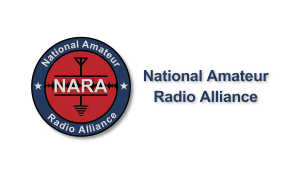
We’ve often thought that while going to the moon in the 1960s was audacious, it was just the flashiest of many audacious feats attempted and accomplished in the 20th century. Imagine, for a minute, that the phone system didn’t exist today, and you stood up in front of a corporate board and said, “Let’s run copper wire to every home and business in the world.” They’d probably send you for a psychiatric evaluation. Yet we did just that, and, in the United States, that copper wire was because of the Bell system, which [Brian Potter] describes in a recent post.
The Bell company, regardless of many name changes and divisions, was clearly a very important company. [Brian] points out that in 1917, it was the second-largest company in the United States and continued to grow, eventually employing a whopping 1% of the entire U.S. workforce. That’s what happens when you have a monopoly on a product that is subject to wild demand. In 1900, Bell handled 5 million calls a day. By 1925, that number was over 50 million. In 1975, it was just shy of 500 million. If Western Electric — just one part of Bell — was its own company, it would have been the 12th largest company in the U.S. during the 1970s.
From a technology point of view, the system was impressive in scale and rate of growth. In 1877, AT&T — the name after a restructuring — had 600 customers. A year later, it had 10,000. By 1881, that number was 100,000, and only 9 U.S. cities with more than 10,000 people lacked a phone exchange. By 1900, the 800,000 telephones in use required 2 million miles of wire!
That 2 million miles of wire had to go somewhere. New York City had hundreds of 90-foot poles, each carrying 300 wires, and people were complaining about the wires being in view. That caused AT&T to go underground. In 1888, a phone cable had 50 pairs of #18 wire. By 1939, #26 wire allowed 2,121 pairs of wires in a single cable.








More Stories
via Hackaday: Enhanced Definition TV: “A Poor Man’s High-Def”
via Hackaday: Test Pattern Generator for SCART and RGB TVs
via Hackaday: Forgotten Internet: The Story of Email